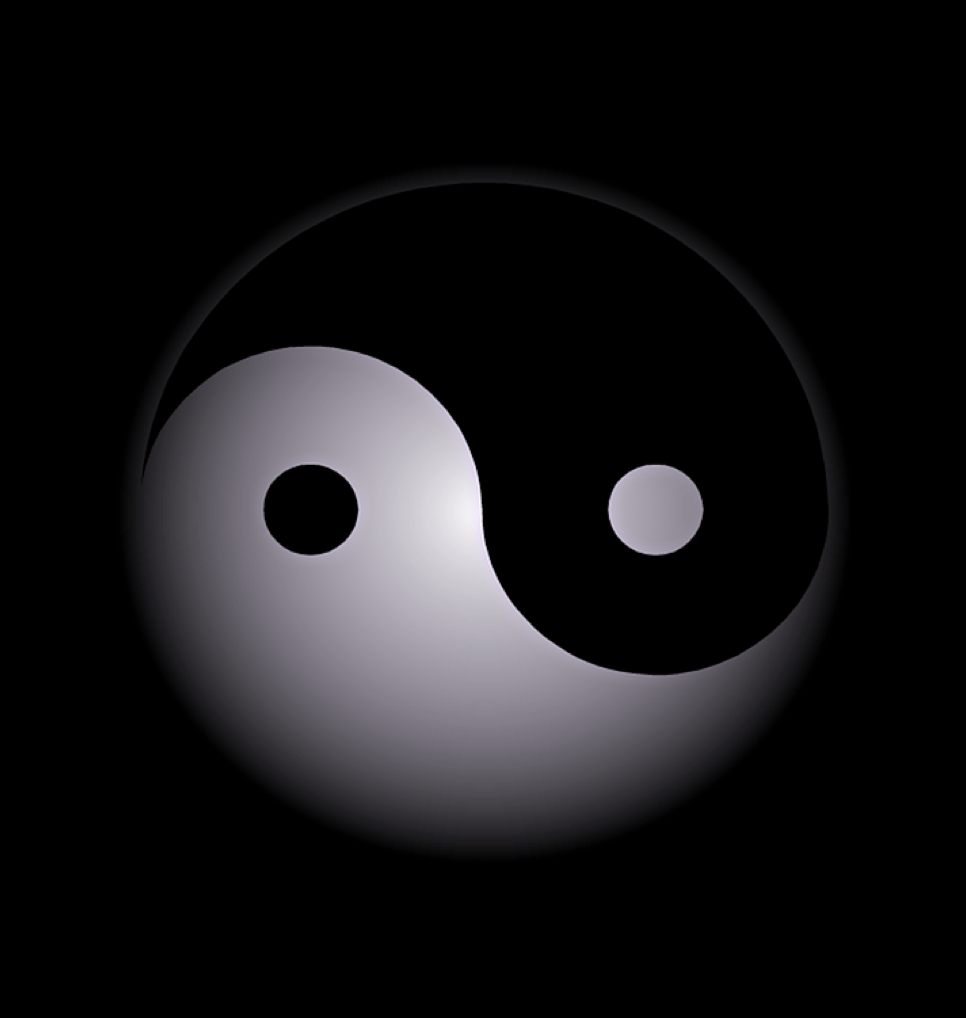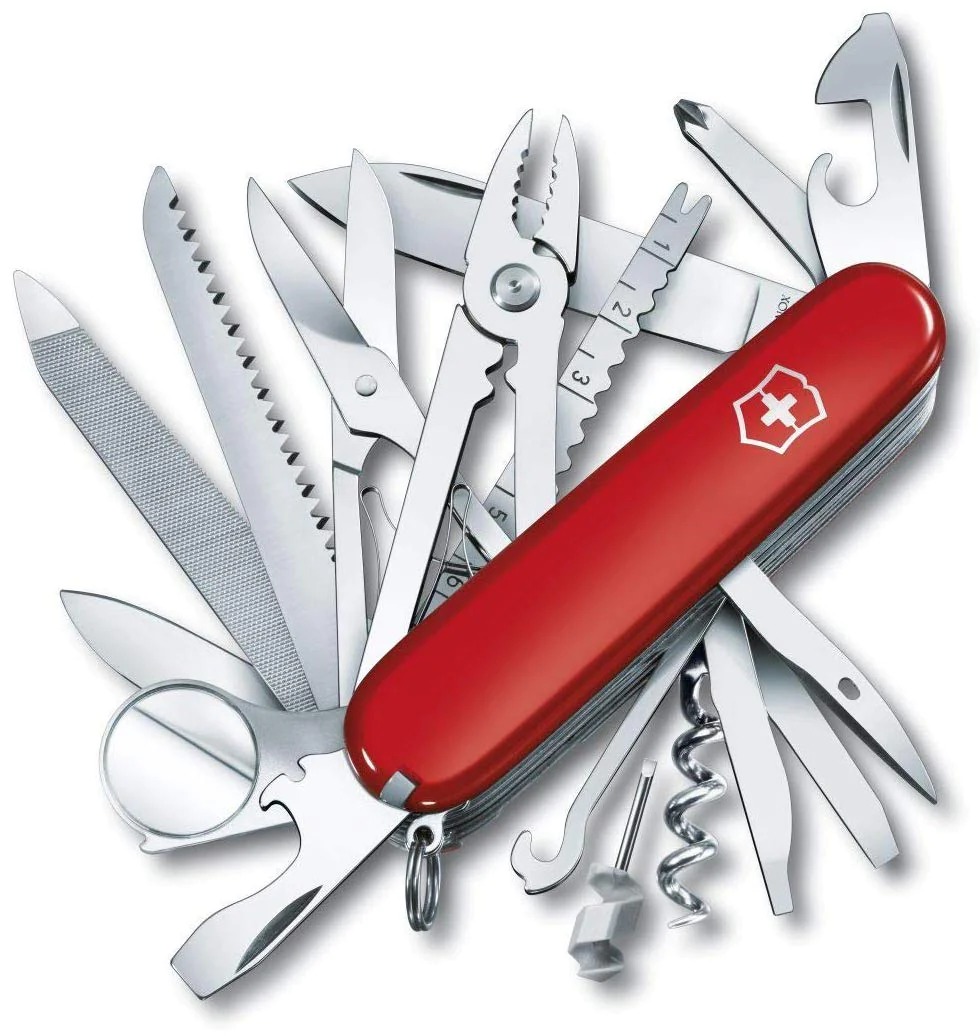SYNCHRONICITY GROWS BRANDS & PEOPLE Connecting Carl Jung and Joseph Jaworski I came across Joseph Jaworski’s book “Synchronicity: The Inner Path of Leadership,” where he explores the concept of synchronicity as it relates to leadership and personal development. As I belief in humanizing brands (for multiple reasons), I was interested to see if branding and brands can use synchronicity for ‘personal’ development (Jung is about personalities). And as it turns out: yes. Jaworski describes synchronicity as meaningful coincidences or events that seem to be connected in a significant way. These events are seen as more than mere chance or randomness; they carry a deeper, often spiritual, significance. When recognized and embraced, he beliefs it can lead to a more profound understanding of oneself, the interconnectedness of events, and the potential for transformative leadership. Interestingly, Jaworski based his ideas on Swiss psychiatrist Carl Jung, who we all know as the inspirer of the 12 brand archetypes (personality types), but Jung was also the one that came up with the term “synchronicity.” According to Jung, synchronicity is the occurrence of events that are not causally related but are meaningfully connected in a way that suggests a deeper, underlying order to the universe. So, they both explore how individuals perceive and interpret the world around them, although from different angles. Synchronicity adds a layer of depth to Jung’s exploration of the human psyche by suggesting that external events can have profound psychological significance. Combining both views and mix it with some creativity, let’s philosophize about the potential impact of these ideas on brands and branding: 1. Authenticity: Understanding the concept of synchronicity can lead brands to focus on authenticity and alignment with their core values and purpose. This can help create a brand identity that resonates more deeply with employees, society and customers. 2. Innovation and Creativity: Synchronicity encourages leaders to tap into their intuition and collective wisdom. Brands that embrace this concept may foster a culture of innovation and creativity, leading to the development of unique and market-leading products and services. 3. Stakeholder Engagement: Brands that emphasize self-awareness and meaningful connections can build stronger relationships with their customers. By recognizing the interconnectedness of all things, they may approach stakeholders (employee, society, suppliers and customers) engagement with a more empathetic and holistic perspective. 4. Decision-Making: Synchronicity suggests that decisions should be made with a deeper understanding of context and a focus on collective intelligence. Brands that adopt this approach may make more ethical and socially responsible decisions, enhancing their reputation. In a world overflowing with options, your brand can rise above the cacophony. Jung’s personality theory and Jaworski’s synchronicity insights offer a symphonic approach to branding—a resonant, meaningful connection that lingers in the hearts and minds of your audience. So, as you chart your branding voyage, remember the wisdom of these intellectual thinkers. Seek synchronicity, embrace personality diversity, and let your brand and all involved grow in all dimensions. If you’re interested, let’s discuss ways to synchronize your brand and company.
Unlocking Full Potential: The Ultimate Guide to Thrive in an Ever-Changing World
UNLOCKING FULL POTENTIAL: The ultimate guide to thrive in an ever-changing world It’s not the strongest of species that survives, it’s the ones that are most adaptable to change. – Darwin The only thing we know for sure about the future is that it won’t be anything like today. The best way to deal with that is to adapt for change. We still need our specialists like designers, copywriters, logical thinkers, project managers, branding experts (even more), AI specialists, scientists of all disciplines, storytellers, artists, developers, managers, journalists, trainers, strategists, and more and so on. Of course! But by developing a new set of meta-skills on top, together we can increase the output quality, reduces stress and stay ahead of the curve. We need to learn to work together more than ever, embracing the change, creating a more beautiful world and have a lot of fun along the way. Not just for our generation(s), also for the future ones, our children. We cannot keep on teaching the the ‘old’ stuff, so they can get a job. Mainly because we don’t have a clue of what jobs exist in 12-15 years. Als there we need to start adapting the curriculum for change. “The purpose of life is to share ideas, not to reinforce social conventions and that requirers freedom of thinking and doing.” So here’s the really short summary of the meta-skills to learn and teach: Critical Thinking and Problem Solving Initiative and Entrepreneurship Collaboration Across Networks and Leading by Influence Agility and Adaptability Effective Oral and Written Communication Assessing and Analyzing Information Love and Open-Mindedness Curiosity and Imagination In a world that’s changing faster than a superhero’s costume, these skills are the additional superpowers. They’re your Swiss Army knife for success, helping you and the people you work with navigate the twists and turns of tomorrow’s adventures, creating the ultimate hybrid team to fix and to create it. So, gear up and get ready to conquer the future! Feel free to comment, criticize and add. Extended version: 1. Critical Thinking and Problem Solving We spend so much time teaching people how to answer questions that we often forget to teach them how to ask them. Asking questions—and asking good ones—is a foundation of critical thinking. Before you can solve a problem, you must be able to critically analyze and question what is causing it. This is why critical thinking and problem solving are coupled together. 2. Initiative and Entrepreneurship Ever dream of being a game-changer, a trailblazer? It’s time to turn those dreams into reality. Take charge, make things happen, and become a pro at finding opportunities in unexpected places and start doing (instead of just talking about them). 3. Collaboration Across Networks and Leading by Influence Picture a world where your work buddies could be anywhere, from the next town to a whole other continent. That’s the beauty of modern teamwork. But here’s the twist: it’s not about being the boss. It’s about being the guide, the influencer who leads with flair. 4. Agility and Adaptability We live in a VUCA (volatile, uncertain, complex, and ambiguous) world. Hence, It’s important to be able to adapt and re-define one’s strategy. In this, being a quick-change artist is the name of the game. Forget about rigid routines – embrace the dance of change and learn to adapt like a chameleon. 5. Effective Oral and Written Communication Imagine your words being like magic spells, casting a spell of clarity and inspiration. It’s not just about talking the talk – it’s about making your ideas sparkle, persuading others with your passion, and nailing down your point. 6. Assessing and Analyzing Information Welcome to the information age, where data is the new gold. But not all that glitters is gold, and you’ve got to be the savvy miner. Sift through the info chaos, spot the nuggets of truth, and become a master at separating fact from fiction. 7. Love and Open-Mindedness Yes love makes the world go round. It’s a powerful force that fosters connection and empathy among individuals and promotes open-mindedness, collaboration and understanding. By nurturing love (and empathy), people develop a foundation of resilience and unity, energy and creativity 8. Curiosity and Imagination Think like a kid again – full of wonder and endless possibilities. Curiosity isn’t just a quirk; it’s your fuel for innovation. Let your imagination run wild and dare to explore uncharted territories. It is the reason Albert Einstein famously said, “Imagination is more important than knowledge.” So again, in a world that’s changing faster than a superhero’s costume, these skills are the additional superpowers. They’re your Swiss Army knife for success, helping you and the people you work with navigate the twists and turns of tomorrow’s adventures, creating the ultimate hybrid team to fix and to create it. So, gear up and get ready to conquer the future! Feel free to comment, criticize and add.
Crazy ones
Crazy ones What makes you laugh? What makes you adore? What touches you? What sticks? Most of the time it is something out of the ordinary or extraordinary or beyond order, something with an emotional trigger. It’s how we remember best. It’s the brain that wakes up from routine. The brain is a funny thing. It’s always busy saving energy, so anything that can be ‘automate’, it will. Labels, patterns, structures, It’s also predominantly a left brain operation. Beyond the ordinary is where artists find their inspiration. And yet, most of us try not to be out of the ordinary, but try to blend in. Being ordinary is a safe comfort zone. But that’s not where the magic happens, that’s completely outside comfort zones. It’s where inventions are made, where the best jokes come from, it’s the birth place of creativity. It’s also where great brands come from, brands created by extraordinary people. People with a vision and the bravery to resist the usual and be different (thank you Steve Jobs). Interesting is the fact that ordinary people admire extraordinary people, but the balance has to be right. Every company deserves one ‘crazy’ person, to stir things up, let in new air, new ideas (and get the freedom to do so). It’s good for business, because if you keep doing the same, don’t expect a different outcome. This one’s for inspiration:https://www.youtube.com/watch?v=-z4NS2zdrZc&t=2s Make the extraordinary happen!
Less Profit, More Happiness
Less Profit, More Happiness It sounds like a contradiction, but it’s not. The ideas is simple: Companies should define a profit ceiling. Anything they earn above, is used for positive investment like education, sustainability, pollution, improve farmer’s prices, equal opportunities, culture, the community, you get the idea. Now what happens? Employees who work for companies like that are proud (purpose) and more productive, more creative and willing to share ideas. Because they’re happy and proud, they will talk about it with at parties, social media, friends and family, (company branding) and attract new, like minded employees. For Social Media, these companies have more to tell than just about their products or servies. They can show their ‘human’ side, which is more suitable for the channel and more interesting, which creates positive awareness. Consumers are more inclined to buy products from companies that do good for the world and if the quality is good, will probably talk about it plus there’s already an increased visibility, so sales go up. Bottomline: happy people (employees, suppliers, consumers, stakeholders), sales go up, production cost go down, profit goes up…. so more money that’s going to be positively invested. In other words, we should invest in happiness. It’s (almost) a perpetuum mobile.
9 Quantum Creativity Strategies
9 Quantum Creativity Strategies If the brain is a muscle, and it is possible to train it or even to stretch it. Here are some interesting ways to train the brain: Strategy 1. Fail tremendously No creative succeeds without first failing – as fails are part of the process of testing one’s assumptions. Each failure you encounter will actually supercharge your creativity by generating new information and remodeling the problem that needs to be solved. Strategy 2. Define The Problem Many people jump jump straight to solutions which result often in finding the wrong solution or a superficial one for the wrong problem. I call it the hierarchy pf problem. In most cases there’s a problem creating the problem, creating the problem. The art of defining the problem is going to the root, removing the ‘trouble’ (=from from the French word troubler, meaning ‘cloudy’), that’s a creative process on its own and the solution will present itself in creativity. Strategy 3. Challenge Your Creativity Assumptions It’s natural and necessary to make assumptions about the reality of our everyday world. But the result might be that we see what we expect to see. Challenging your assumptions is a catalyst for creativity. It allows to look beyond what is obvious or accepted. Truly creative people in all fields automatically tend to challenge both their own assumptions, and the commonly accepted ones. Strategy 4. Alternative Perspective We’re stuck in patterns and habits. A great way to kick start creativity is to look at a problem from the vantage point of another profession/person/entity. How would a mechanical engineer look at it, an architect, a product designer, a chef cook, your mother? This approach can lead to some remarkable creative insights and breakthroughs. Strategy 5. Accept Ambiguity In general people don’t like things that seem to be vague, or could have more than one meaning or application. As a result they tend to be rigid and highly predictable thinkers. Not creative. People who can think ambiguously are fluid and flexible thinkers. The ability to think ambiguously can yield amazing creative insights. This is ability is experienced (and built) when you indulge in wordplay or humor. Strategy 6. Read, listen, watch more An excellent way to build your creative muscles is to read, listen, watch and explore outside your normal area of interest. This can be especially useful when you are struggling to solve a creative problem. Read comics, Science Fiction or just magazines, listen to scientific, philosophical, stand-up comedy podcasts, stroll the Internet, walk through a mall, and keep the ‘problem’ in mind and find these creative solutions. Strategy 7. Walk a mile in their shoes We have the tendency to project things on ourselves and our own experiences. By changing your point of view in a literate way and putting yourself in the shoes of the other, creates a complete new perspective of things. I often use my mother and try to look at the problem or solution from her perspective, but in general, just don’t think as yourself. Strategy 8. Take a nap Creative thinking best occurs when your brain is in certain states called alpha and theta, they are the source of inspiration and creativity. That’s why many people (Newton, Einstein, Picasso) have creative ah-ha experiences during a nap, a stroll, or some other mentally-relaxing activity. Strategy 9. Meditate Silence your thoughts. It’s between the silences where crazy ideas are born. There are many ways to meditate and it easy. Just focus on breathing in and letting out slowly for example, or feel your heartbeat, listening to birds and sound of the wind, remove the ‘voice’. Or go running or biking and get into a flow.





